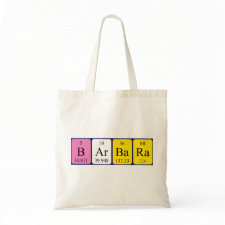
Authors: Lesniewska B, Kosinska M, Godlewska-Zylkiewicz B, Zambrzycka E, Wilczewska AZ
Article Title: Selective solid phase extraction of platinum on an ion imprinted polymers for its electrothermal atomic absorption spectrometric determination in environmental samples.
Publication date: 2011
Journal: Microchimica Acta
Volume: 175
Issue: (3)
Page numbers: 273-282.
DOI: 10.1007/s00604-011-0685-1
Abstract: An ion-imprinted polymer (IIP) was obtained by copolymerization of methacrylic acid (as a functional monomer) and ethylene glycol dimethacrylate (as a crosslinking agent) in the presence of various chelators for Pt(II) ion and using 2,2'-azo-bis-isobutyronitrile as the initiator. Specifically, acetaldehyde thiosemicarbazone (AcTSn) and benzaldehyde thiosemicarbazone (BnTSn) were used as chelators. The IIPs were applied as sorbents for solid-phase extraction of Pt(II) and Pt(IV) ions from aqueous solutions. The effects of acidity and flow rate of the sample, of elution conditions and of potentially interfering ions were investigated. The imprinting effect of analyte is clearly demonstrated by the fact that only the IIP is capable of quantitative retention of Pt(II) and Pt(IV) ions. The method works best in the pH range from 0.5 to 1 and from 3.5 to 9.5. The ions can be recovered with an acidic solution of thiourea. The Pt-AcTSn polymer displays better sorption properties for the separation of analytes. The selectivity coefficients of the Pt-AcTSn and control polymers for Pt(IV) in the presence Pd(II), Rh(III), Ru(III), Al(III) and Cu(II) were calculated, and the sorbent capacity for Pt(IV) was found to be 4.56 μg g -1 . The method was successfully applied to the determination of Pt(IV) by electrothermal atomic absorption spectrometry in tap water, tunnel dust and anode slime samples. Figure The new ion imprinted polymers based on Pt(II)-thiosemicarbazone derivative chelates were prepared and used as solid phase extraction sorbent for selective separation of platinum. The method was successfully applied to the determination of analyte in environmental samples by electrothermal atomic absorption spectrometry
Template and target information: platinum ion, Pt(II), Pt(IV)
Author keywords: Pt separation, Thiosemicarbazone complexes, ion imprinted polymer, solid phase extraction, Electrothermal atomic absorption spectrometry



Join the Society for Molecular Imprinting

New items RSS feed
Sign-up for e-mail updates:
Choose between receiving an occasional newsletter or more frequent e-mail alerts.
Click here to go to the sign-up page.
Is your name elemental or peptidic? Enter your name and find out by clicking either of the buttons below!
Other products you may like:
 MIPdatabase
MIPdatabase









